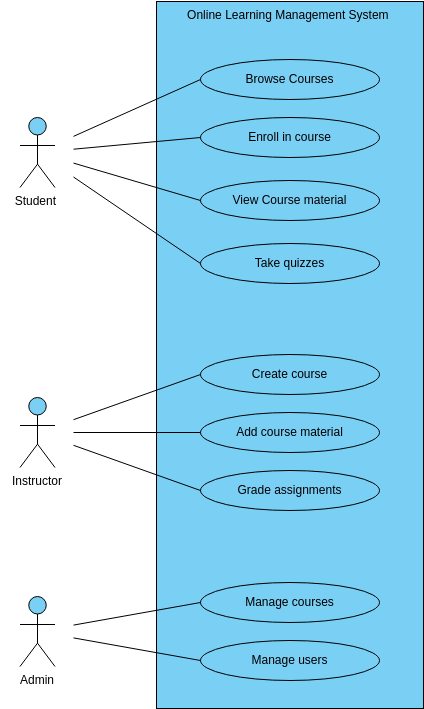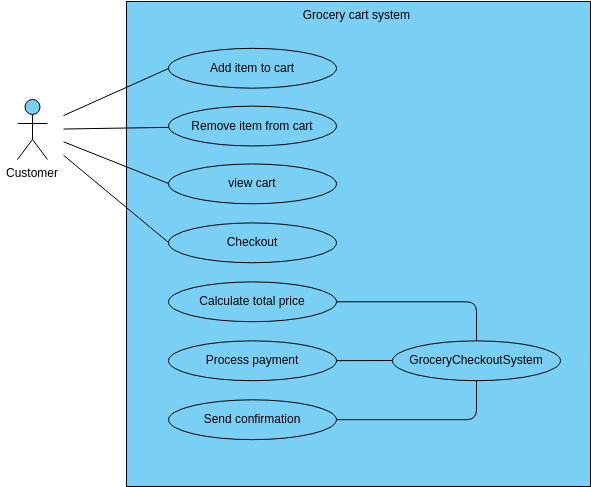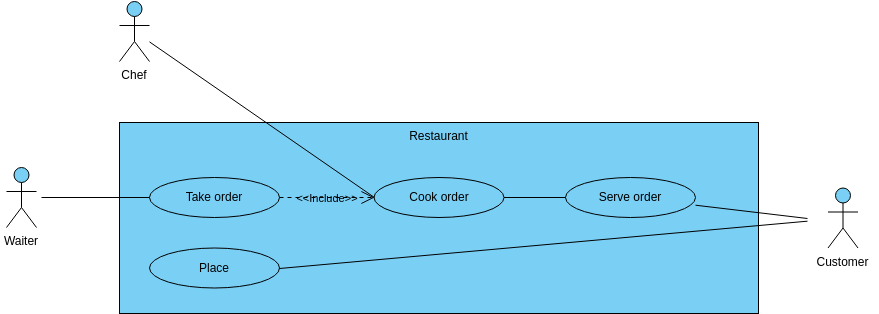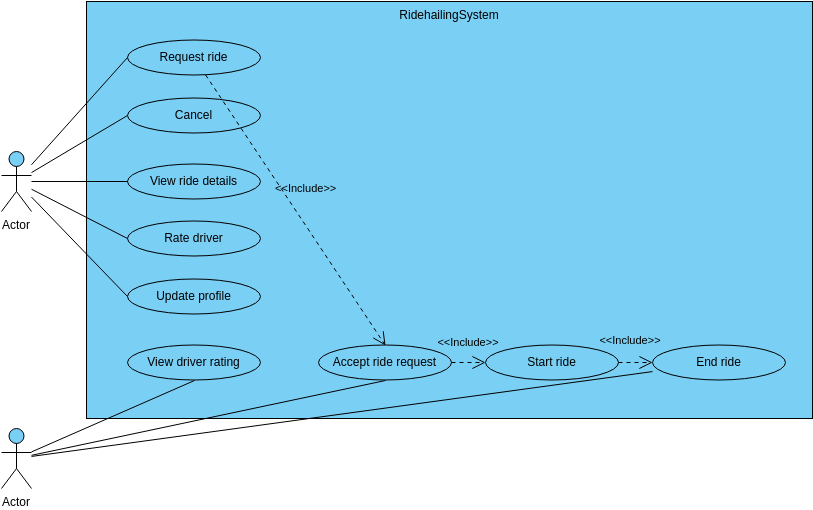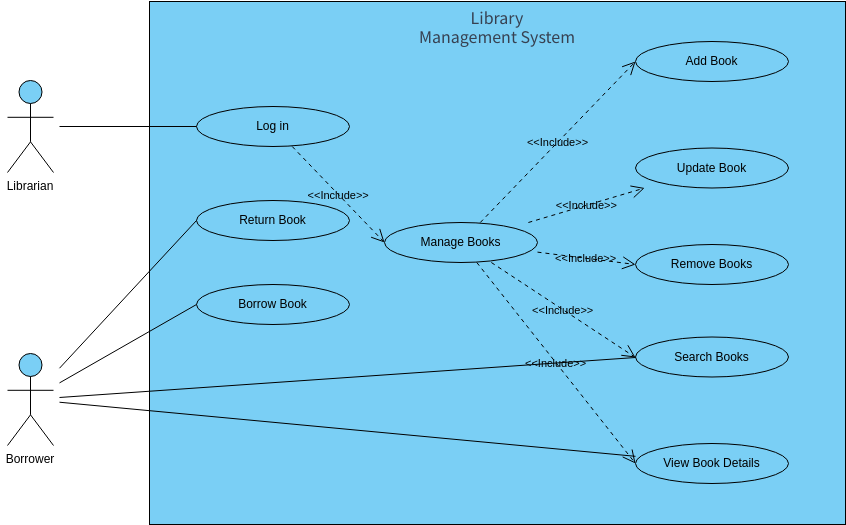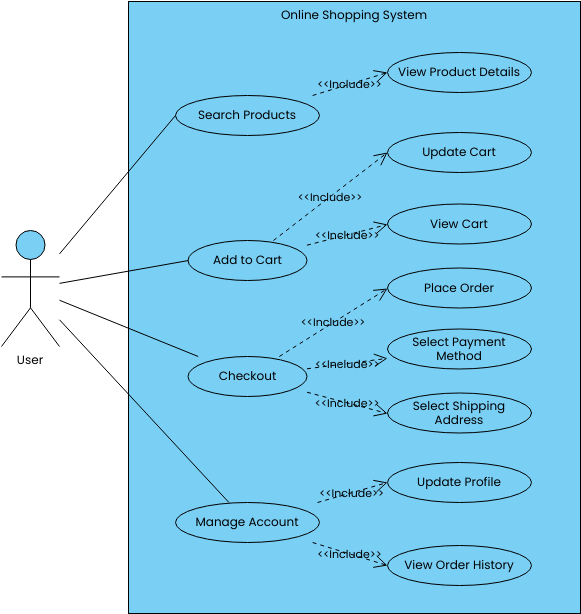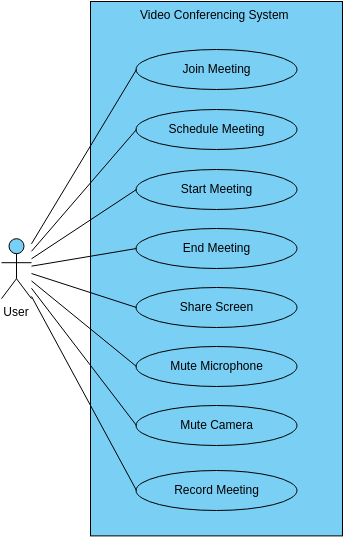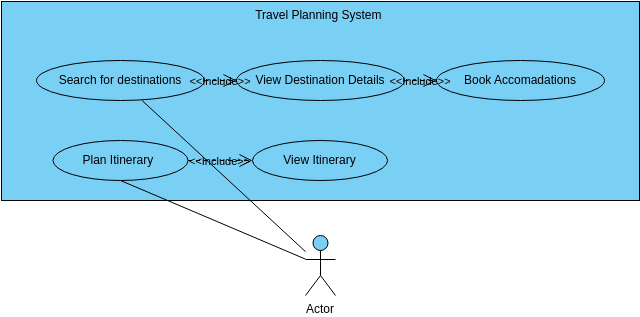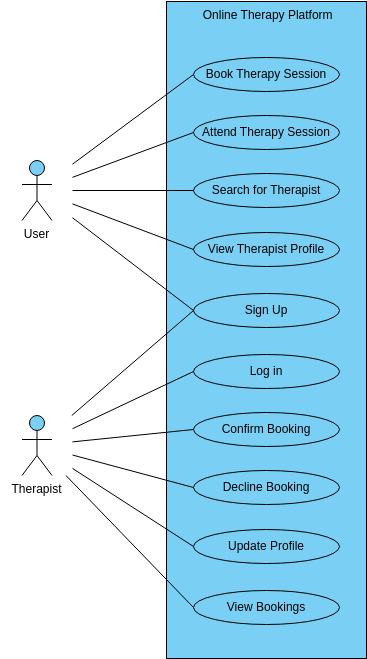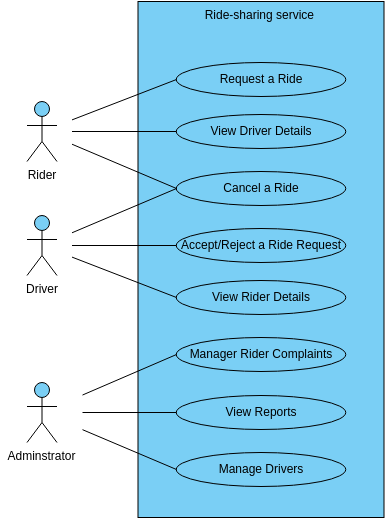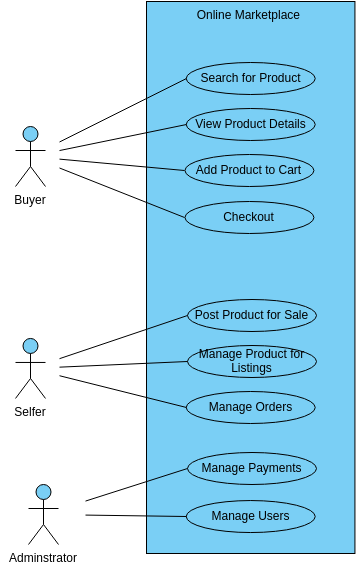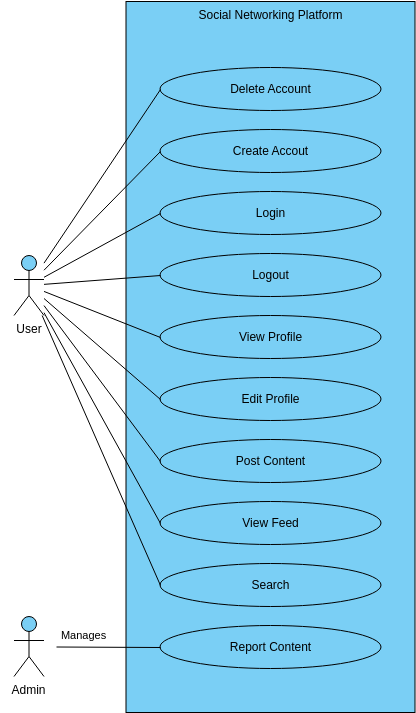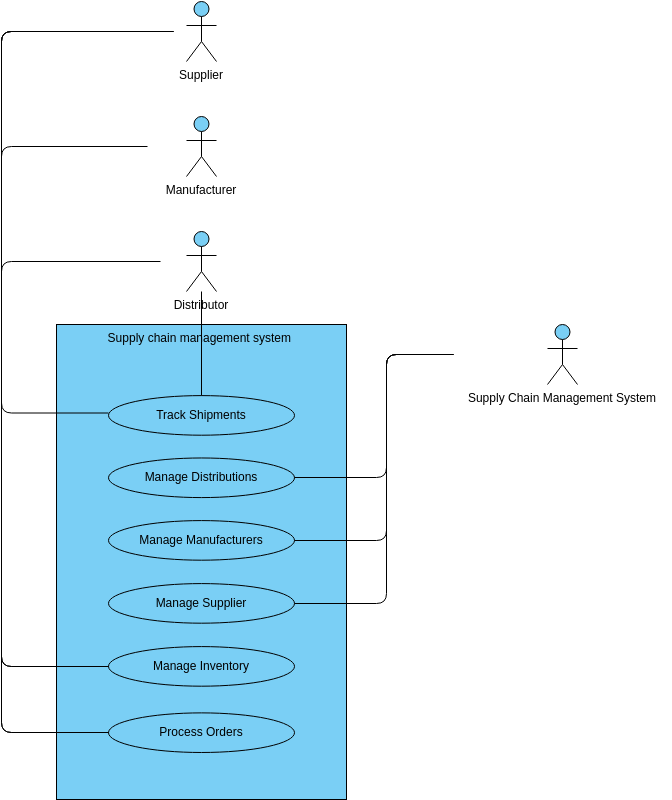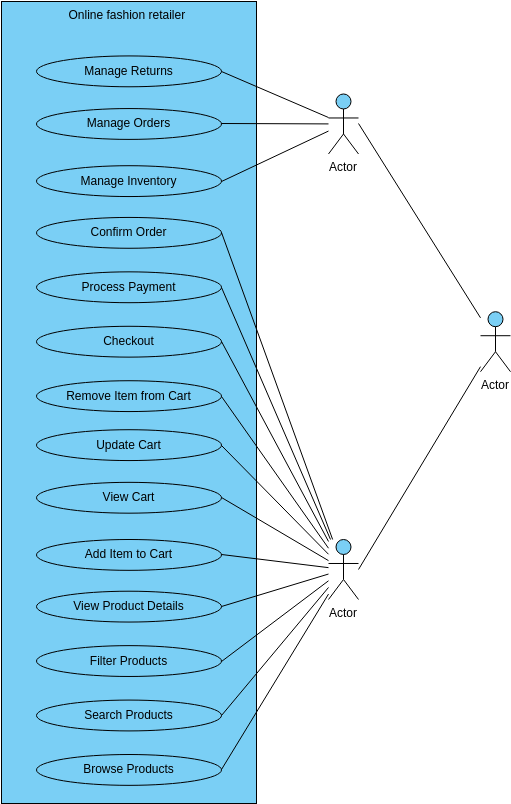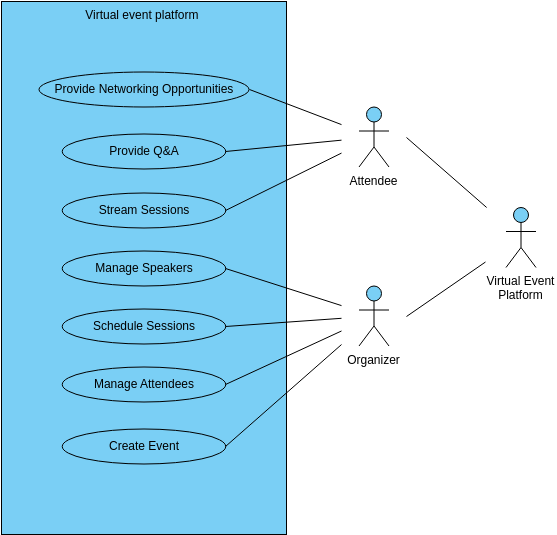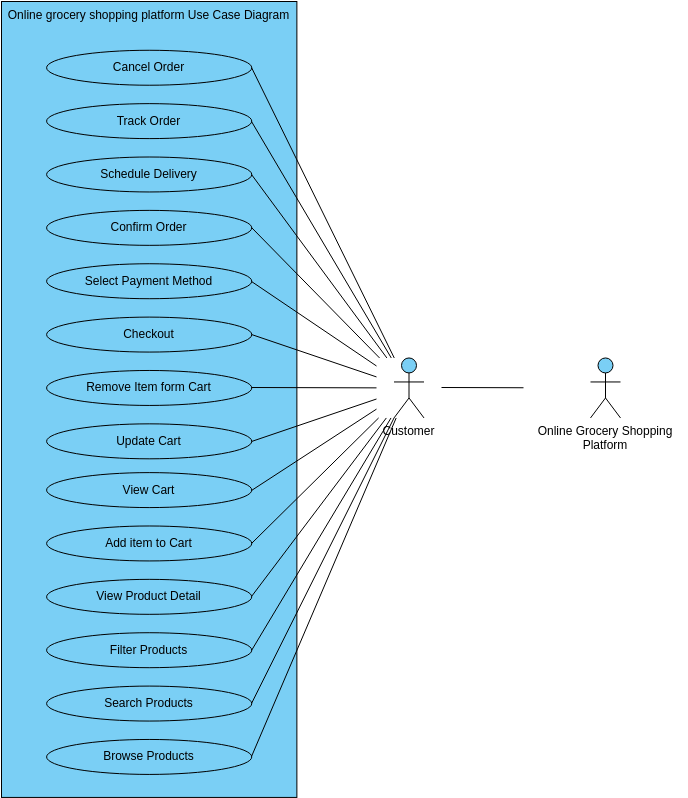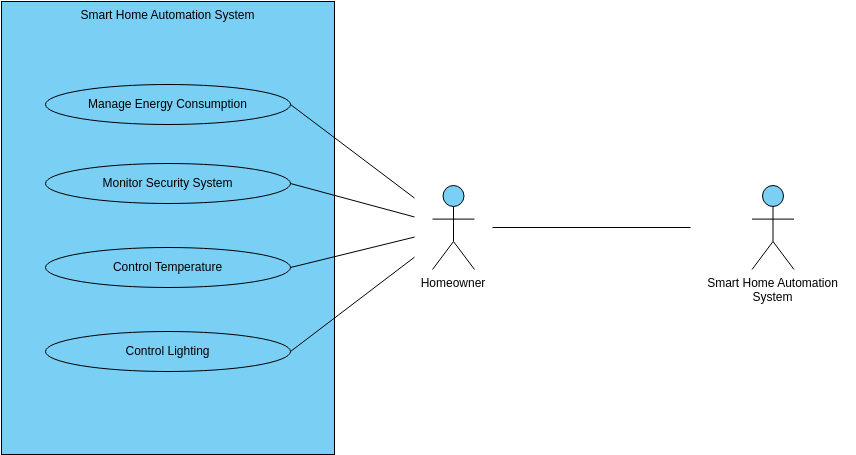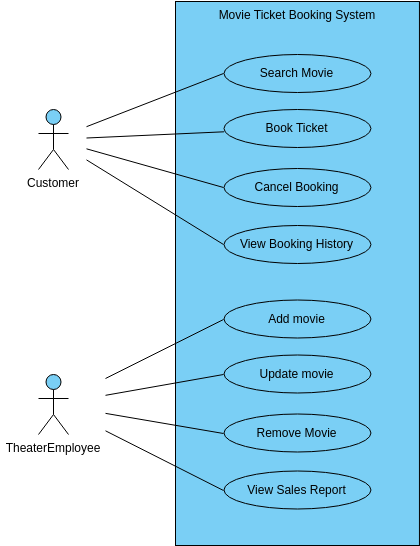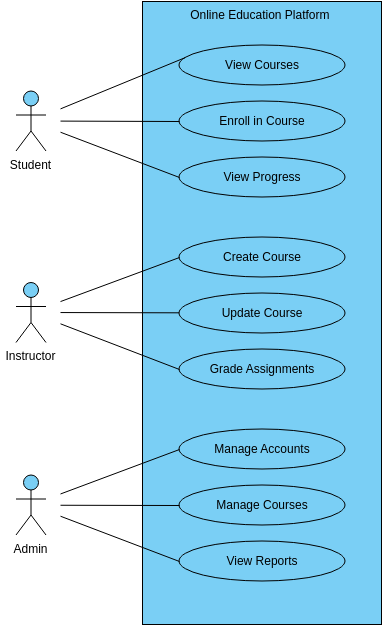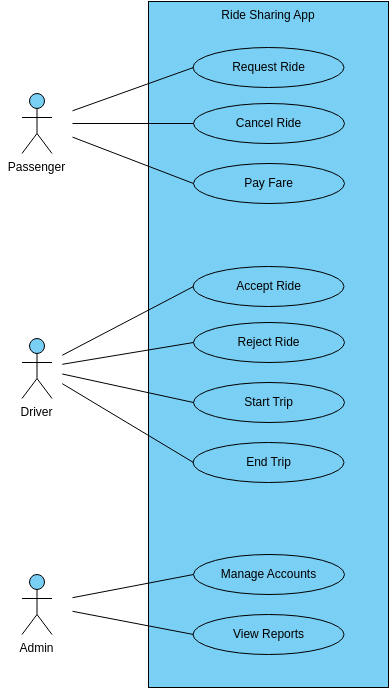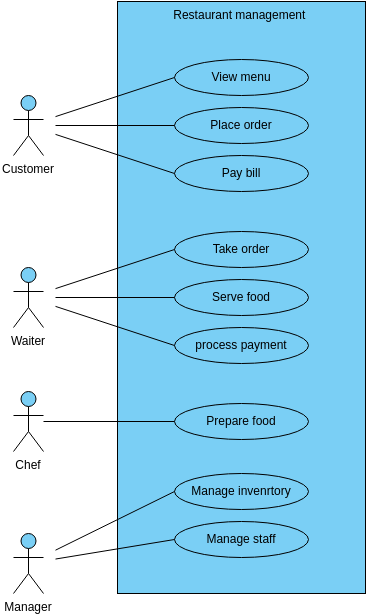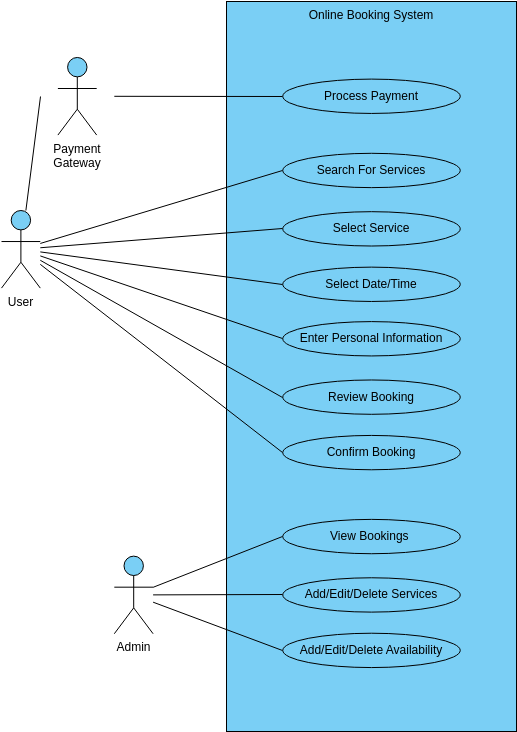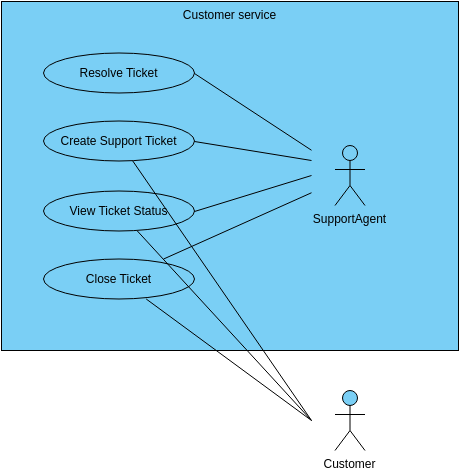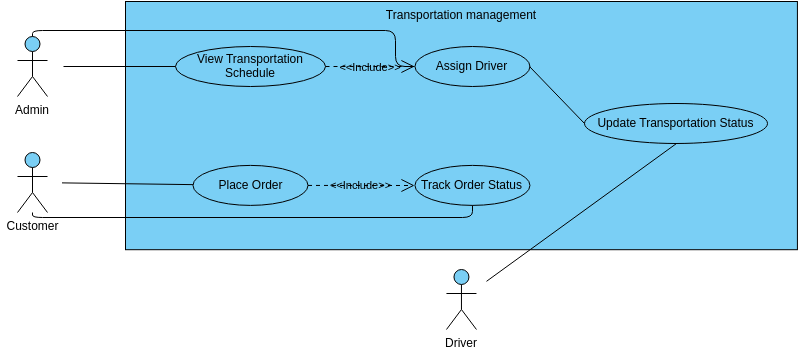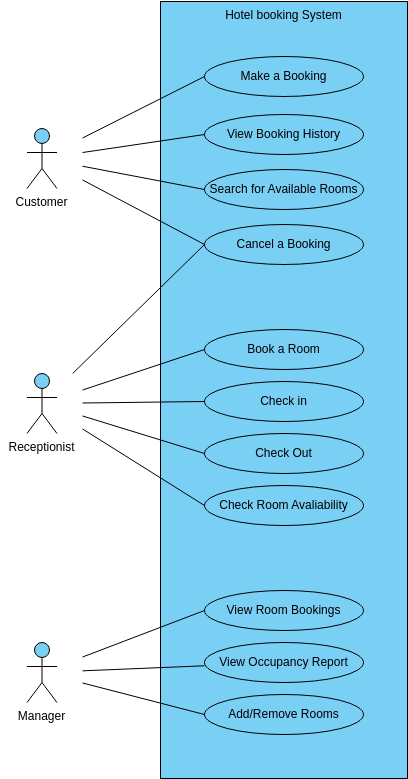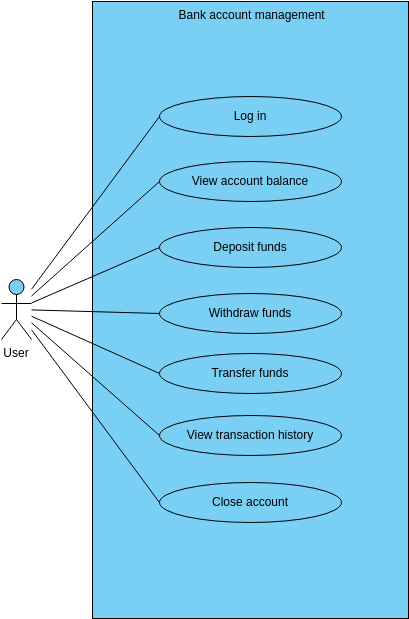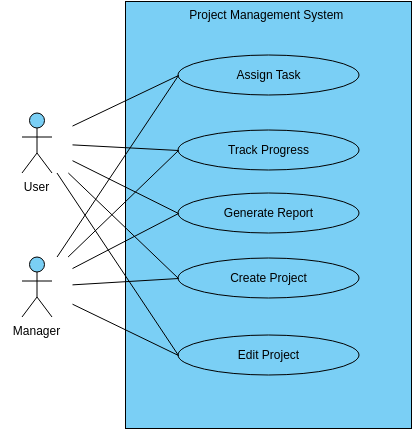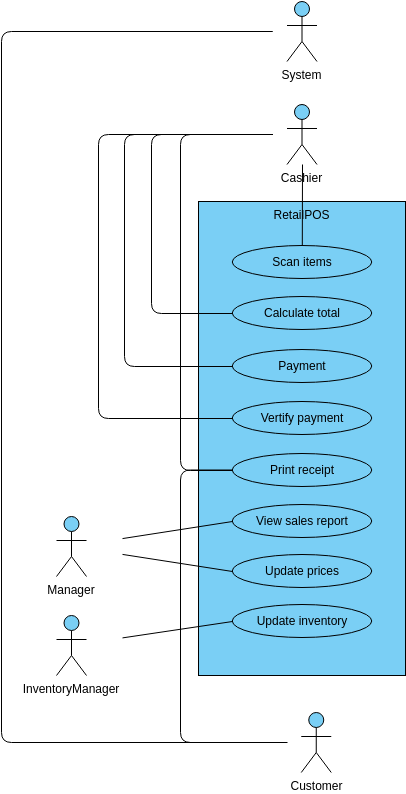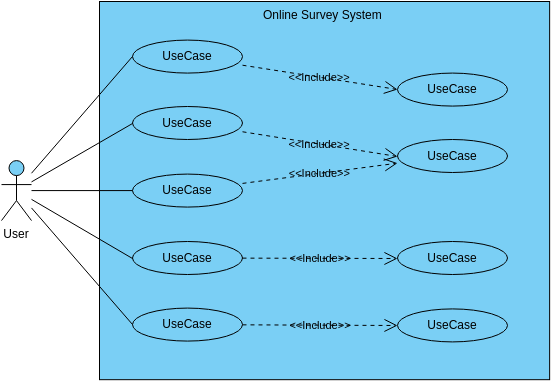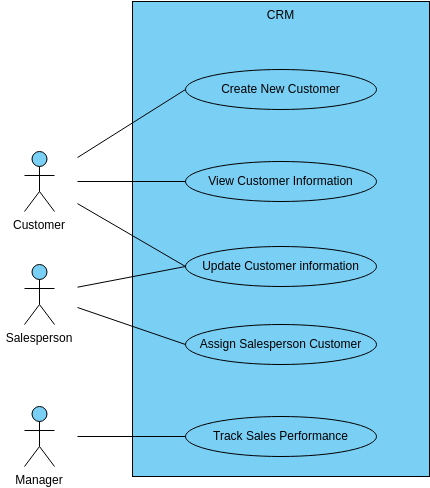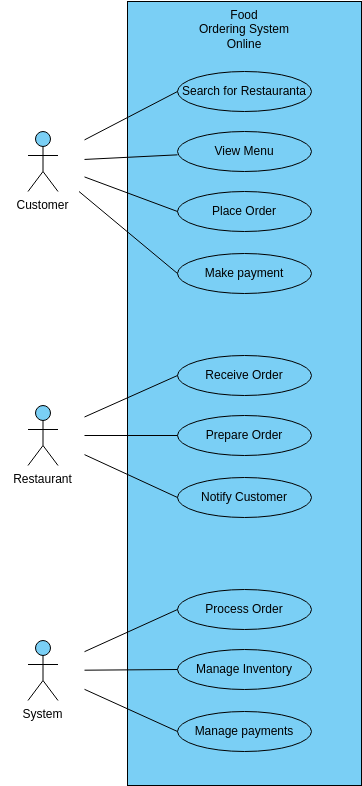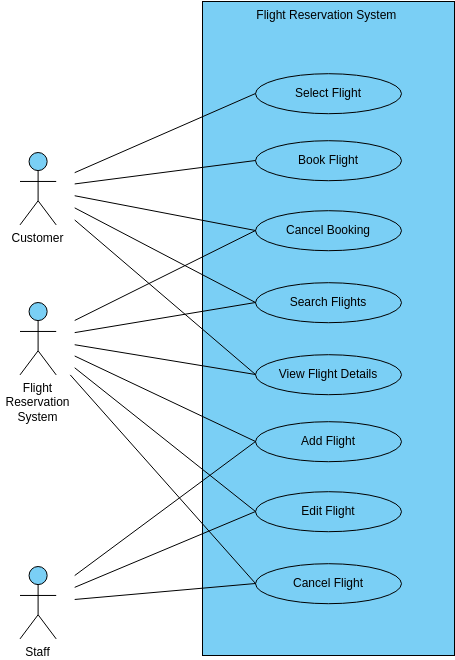Online Learning Management System
The Online Learning Management System is an essential tool for managing online courses and education. The system offers several features, including the ability to browse courses, enroll in courses, view course materials, take quizzes, add course material, grade assignments, manage courses, and manage users. The first step in the system is to browse courses. Students can search for courses based on various criteria, such as subject area, level, and instructor. This feature ensures that students can find the course that suits their needs and preferences.
Once students have found a suitable course, they can enroll in the course using the system. The system allows students to provide their personal and payment information and gain access to the course material. Students can also specify any special requests or preferences they have, such as an extended deadline or additional support. This feature ensures that students can customize their learning experience according to their needs and preferences.
Students can view the course material, including lectures, readings, and other instructional materials, using the system. The system provides a centralized location for all course materials, making it easy for students to access and review the material at their convenience. Additionally, students can take quizzes and assignments using the system, ensuring that they can assess their learning progress and receive prompt feedback.
Finally, instructors and administrators can manage courses and users using the system. This feature allows them to create and modify course content, track student progress and grades, and manage user accounts. This feature streamlines the course management process and ensures that instructors and administrators can provide support and assistance to students effectively.
In conclusion, the Online Learning Management System provides a range of features that enable students to manage their online courses and education in a convenient and efficient manner. The system supports course browsing, enrollment, material viewing, quizzes, assignment taking, material adding, grade assignments, courses and users management, providing a seamless experience for both students and instructors. The system is designed to be user-friendly and customizable, ensuring that students can find the perfect course and customize their learning experience according to their needs and preferences. The system also streamlines the instructor's and administrator's operations, ensuring that course management can be done efficiently and effectively.
Benefits of creating this diagram
Creating a use case diagram for the Online Learning Management System provides several benefits for the project team and stakeholders. Firstly, the use case diagram helps to define the scope of the system and identify the key functionalities that it should provide. This makes it easier for the project team to prioritize tasks and allocate resources effectively. By understanding the user's needs and requirements, the team can develop a system that meets their expectations and provides a seamless user experience.
Secondly, the use case diagram helps to ensure that all stakeholders are on the same page when it comes to the system's functionality. This is important because stakeholders may have different expectations and interpretations of the system's scope. By clearly defining the system's functionalities and use cases, the project team can ensure that all stakeholders have a common understanding of what the system will do and how it will work. This can reduce misunderstandings and prevent delays or mistakes in the development process.
Moreover, a use case diagram serves as an essential communication tool between the project team and stakeholders. It allows the team to communicate the system's requirements and functionality in a clear and concise manner that is easily understood by stakeholders. By doing this, stakeholders can provide feedback on the system's functionality, which the project team can use to improve the system's design and make it more user-friendly. This feedback loop ensures that the system meets the user's needs and expectations, resulting in a more successful implementation.
Searching for some use case templates? Go to Visual Paradigm Online and select some designs for customization now!
